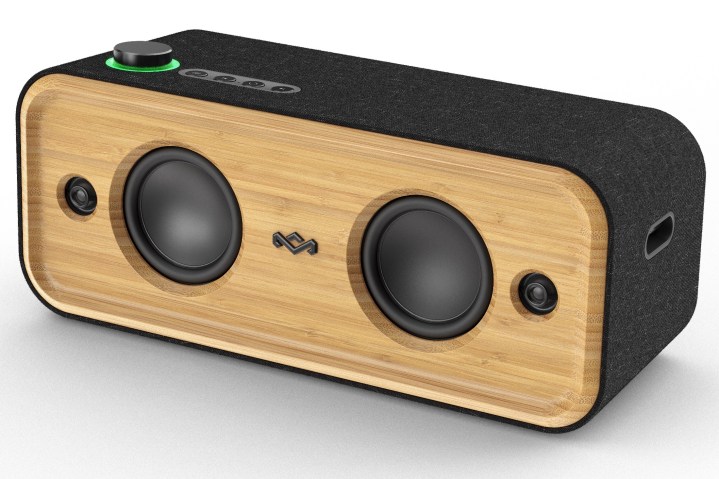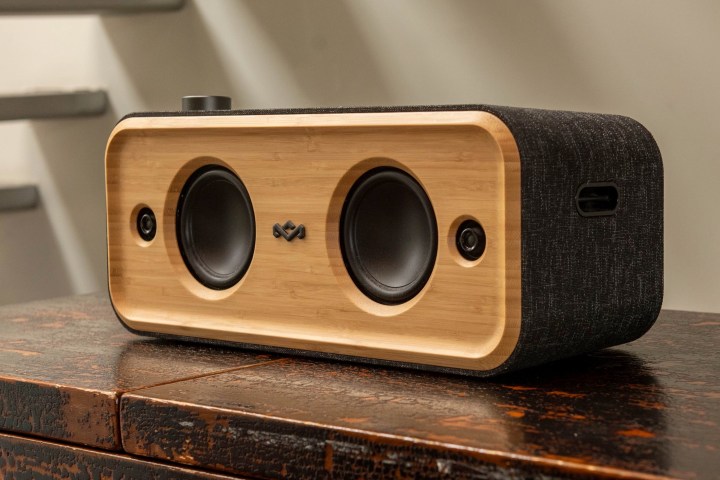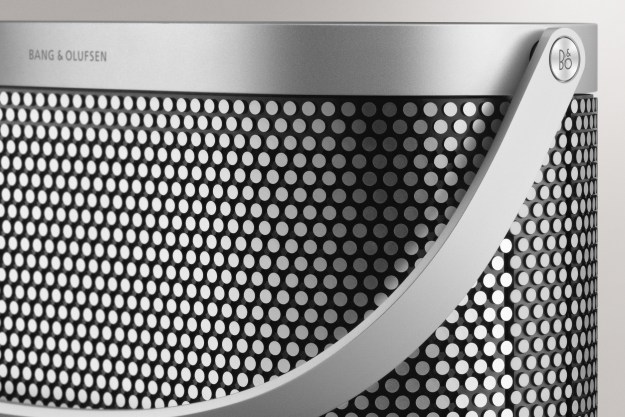You’ve got endless options when it comes to choosing a powerful Bluetooth speaker, but if you want one with a kinder approach to the earth, it’s hard to beat House of Marley’s (HoM) new Get Together 2 XL, a big, $450 speaker that the company says is its loudest model to date.
In typical fashion for House of Marley, you’ll find lots of sustainable materials like the bamboo front face plate, the company’s signature Rewind fabric, its Regrind silicone, and easily recycled aluminum. Inside the 12.6-pound body, HoM has packed 60 watts of power split between two one-inch tweeters and two four-inch woofers, and a large, rear-mounted passive radiator. Want even more coverage for your parties? You can extend the sound to other HoM Get Together 2 speakers via party mode or create a stereo pair between two Get Together 2 XL for much better stereo separation.

There are also three available EQ modes to choose from in case you want to mix things up: Bass Boost, Acoustic, and Marley Signature Sound.
A prominent, LED-ringed volume knob sits atop the speaker along with buttons for functions like track changes, EQ control, and phone calls. The LED light acts as a status indicator, with different colors for charging state, battery level and current EQ mode.
Unusually for such a large Bluetooth speaker, the Get Together 2 XL also has a microphone, which you can use for phone calls. Sadly, it does not work as a standalone smart speaker, but if you connect it to a smartphone, you’ll be able to access your phone’s voice assistant.

The internal rechargeable battery is good for a claimed 20 hours of playtime, although HoM hasn’t said how loud you’ll be able to go if you want to play for that long. Assuming you don’t want to reserve all of that battery capacity for your tunes, you can use the included USB-A and USB-C ports to charge your devices. When the battery eventually does run low, the company says you’ll be able to fast-charge it using an included 65-watt GaN charger in less than two hours.
Unfortunately, the USB ports can’t be used as digital music inputs, but there is an analog AUX-in jack in case you want to connect non-Bluetooth audio sources.

It’s pretty big and heavy, but a set of small, integrated handholds on the sides should make moving it a bit easier, and if you take it outside, you won’t have to worry about dust or the occasional splash of water, thanks to its IP65 rating.
$450 seems like a hefty price for a portable Bluetooth speaker, especially when you can find models like Sony’s SRS-XP500 party speaker for $400, but then again, House of Marley’s products are aimed at a more environmentally-minded variety of music lover. Protecting the earth might be the right thing to do, but it’s seldom the most affordable choice.
Editors' Recommendations
- Bose has a bigger Bluetooth speaker to power your next pool party
- Samsung Music Frame hands-on: invisible audio done right
- Rock and roll till dawn with Sony’s 25-hour SRS-XV500 party speaker
- JBL brings the boom with upgraded portables and party speakers for 2024
- Samsung’s new Dolby Atmos wireless speaker doubles as a picture frame



